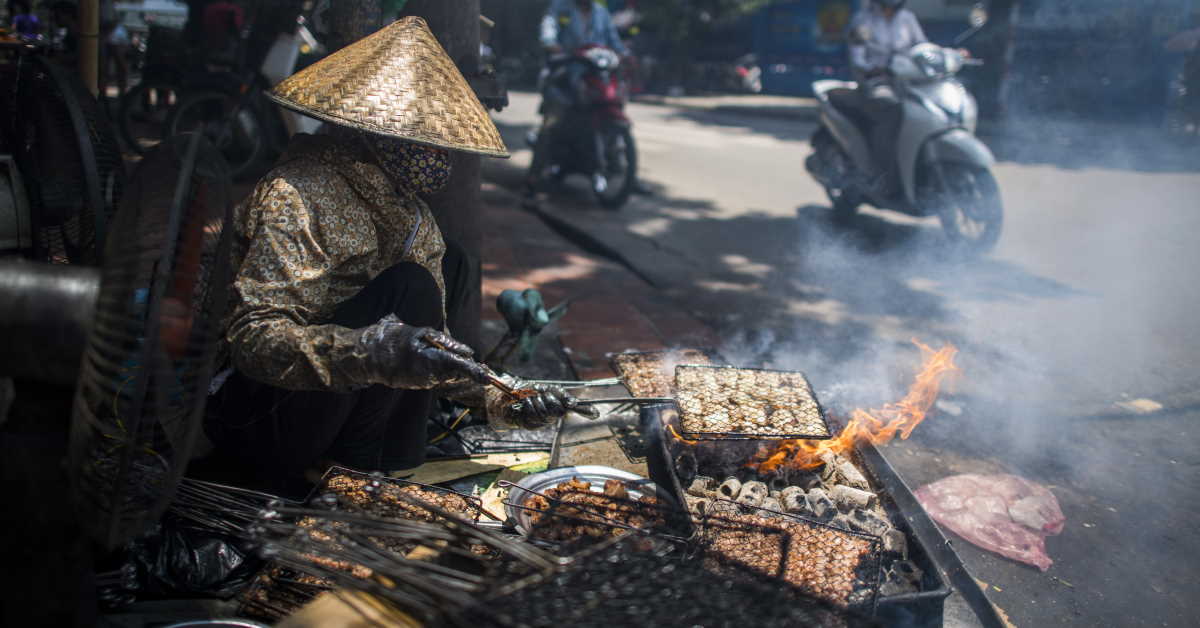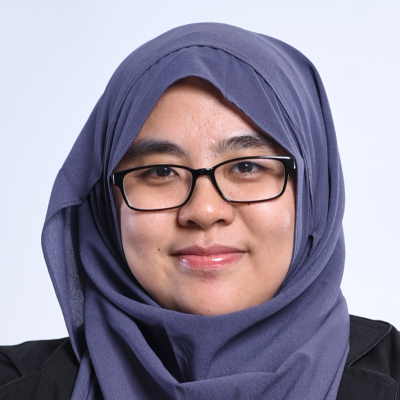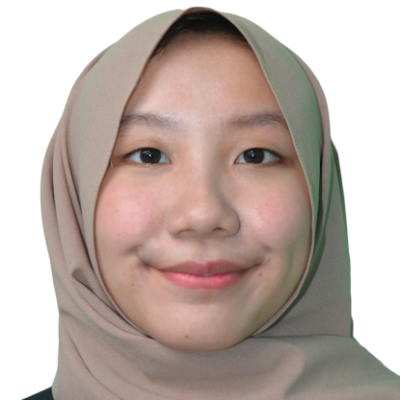Back in June and November of 2020, leaders gathered at the ASEAN Summit to reaffirm a strong commitment in propelling the advancement of gender equality and women empowerment. Recognising that gender equality is at the heart of inclusive and sustainable development, the ASEAN Committee on Women (ACW), in collaboration with the ASEAN Secretariat and United Nations (UN) Women, conducted the first regional flagship publication, the ASEAN Gender Outlook.
The report provides a comprehensive overview of the gender gaps hindering the progression of the Sustainable Development Goals (SDGs) in ASEAN, especially in the economic growth and energy sector. Albeit the notable increase in awareness and initiatives, the outlook presents alarming findings where gender inequality is still rampant in various sectors of the economy, including the labour market.
In ASEAN, women participation in the labour force is only roughly 56 percent, compared to 79 percent of men. Approximately 67 percent of employed women works in the informal sector, whereas three percent are employed yet live below the poverty line.
In terms of SDG7, concerning affordable and clean energy, rampant fossil fuel usage accelerates climate change, which in turn disproportionately affects women as the major domestic energy consumer. Women’s health and resilience is further challenged by the widespread use of harmful fuels in industry and households.
Despite this, few women gain economic benefit from fossil fuel consumption, as industries with a heavy reliance on fossil fuels such as the transportation industry has a higher number of male recruits than women.
While the rest of the world is gearing towards clean energy transition, more work needs to be done to support women in overcoming major challenges to gain access to clean energy. Access to resources and energy remains highly gendered, especially in ASEAN. The ASEAN Gender Outlook further showcases the gender disparity in achieving SDG 10.
Studies discovered that in Cambodia, Indonesia, Myanmar, Vietnam, Thailand, and the Philippines, the poorest rural women are at least 80 times more likely to lack clean cooking fuels than the richest urban women in capital cities. While this was to be expected, noting the role of clean energy access in economic advancement, this finding further highlights the need to establish gender equality to boost the replicability of economic activities.
Accelerating Economic Recovery
One of the major limitations to realising economic gender gaps is that women's entrepreneurial activities are frequently limited to the informal sector due to inadequate energy infrastructure. Across all cultures, women perform the great bulk of energy-intensive, unpaid caretaking and housework.
Despite the economic and social impact of such activities, mainstream economics only considers the monetising aspects of labour, where caretaking and housework is often overlooked in calculations and surveys. This lack of data further undermines women's usage of energy and contribution to the regional economy.
Yet as society progresses, more and more women are taking on multifaceted roles as breadwinner, mother, and homemaker. Taking into account gender roles, women can be considered the centre of family activities, handling cooking, lighting, and cleaning – all of which are energy intensive.
On a macroeconomic scale, energy is known to boost productivity and promote the growth of new economic sectors, leading to increased social and economic growth. Despite so, rural communities face challenges in limited energy access, and gender inequality further hinders the creation of economic activity.
In rural emerging economies settings, energy provision comes in stages, starting with small electricity-generating equipment like a kerosene lamp or biomass stoves, before progressing to small PV panels or electricity-generator sets, and finally connection to regional grids or mini-grids.
Electricity access serves a pivotal role as an income multiplier as well as women empowerment catalyser. With little to no time wasted on conventional electricity generation methods (i.e., firewood collection, etc.) or manual work, more time can be allocated towards improving education, health, and employment in general – all of which drive the economy.
Financing In A Just Energy Transition
With increasing awareness, Organisation for Economic Co-operation and Development (OECD) data shows an increase in development funds under the gender tag, experiencing a staggering increase of 170 percent in 2019 compared to 2010. Although there is a growing spotlight on ensuring equal footing of both genders, more attention needs to be given to address this critical issue, especially in terms of public financing.
The ASEAN Centre for Energy’s (ACE) research found that in the 2010-2019 period, only around 20.7 percent of total development funds allocated for gender-related causes were disbursed to Asia, which includes Central Asia, Far East Asia, South Asia, and the Middle East. Development funds specifically addressing gender issues in the energy sector in Asia only made-up 14 percent of the total disbursed funds worldwide.
Considering how energy accessibility is one of the major hindrances to gender-equality in the energy sector, electricity transmission and distribution through centralised grids receives minor attention, only making up around one percent of the disbursed funds under the gender-energy tag. Based on these findings, one can expect that the cut is even smaller in ASEAN.
In ASEAN, almost 64 percent of energy-gender funds are targeted towards coal-fired electric power plants, whereas a small fraction is directed towards renewable energy generation (10.7 percent) and energy policy (five percent). Clearly, to ensure a just energy transition, a greater amount of development funds needs to be channelled towards those issues.
Policy frameworks might be able to contribute to the gap between gender and energy access programs, but without stable public financing it would be difficult to implement. A viable business model would also be hard to form, which hinders private financing.
Based on these findings, policymakers should recognise gender participation as a priority in energy intervention programs, specifically towards providing continuous, reliable energy access. More emphasis needs to be placed on integrating gender-based initiatives to the national economic recovery plan.
Private sectors are also encouraged to provide incentives to leverage gender participation in the energy sector through community social responsibility (CSR) programmes. With these integrated initiatives, gender equality can be a force to accelerate economic recovery, bringing us a step closer to just energy transition.



